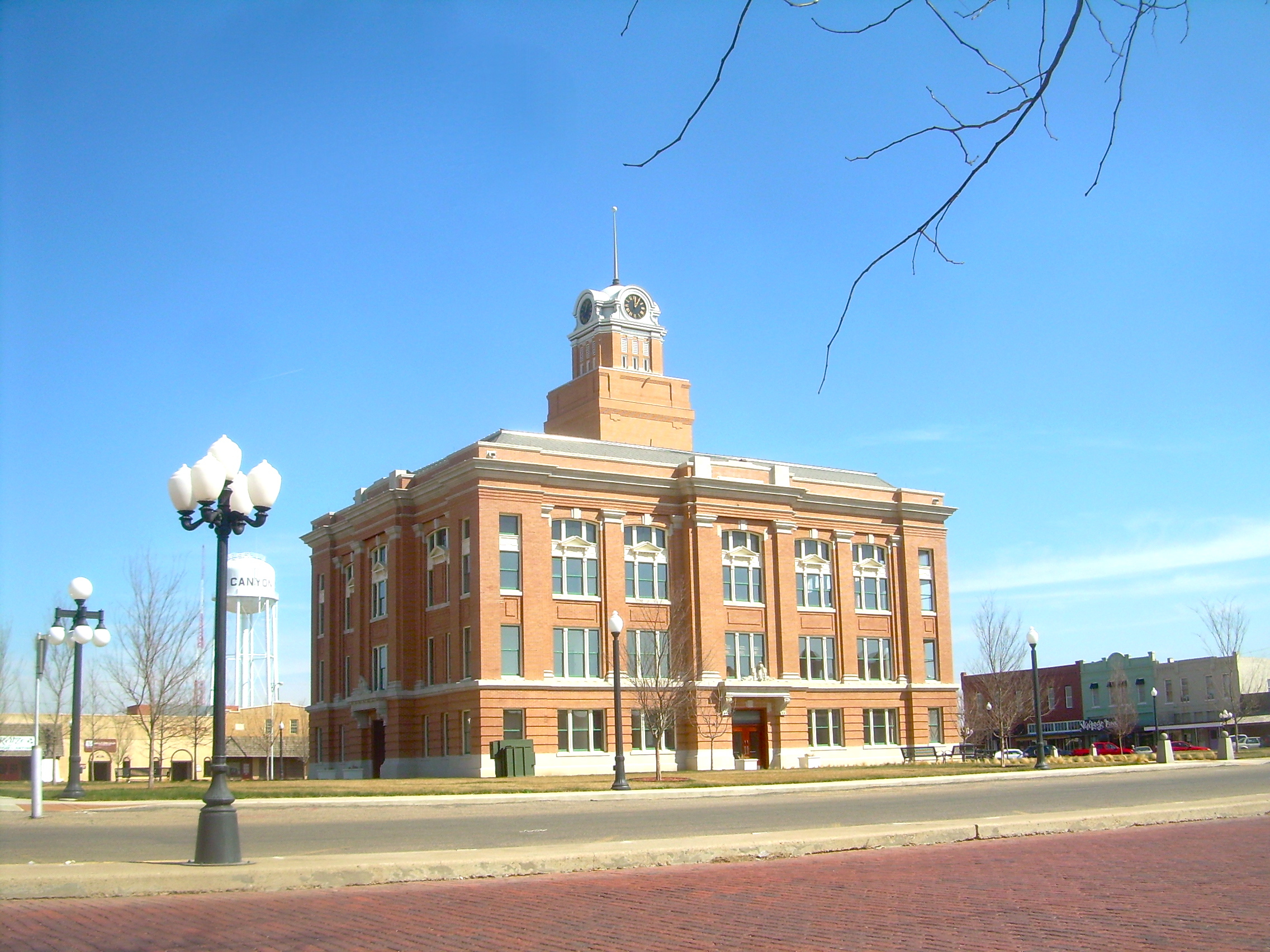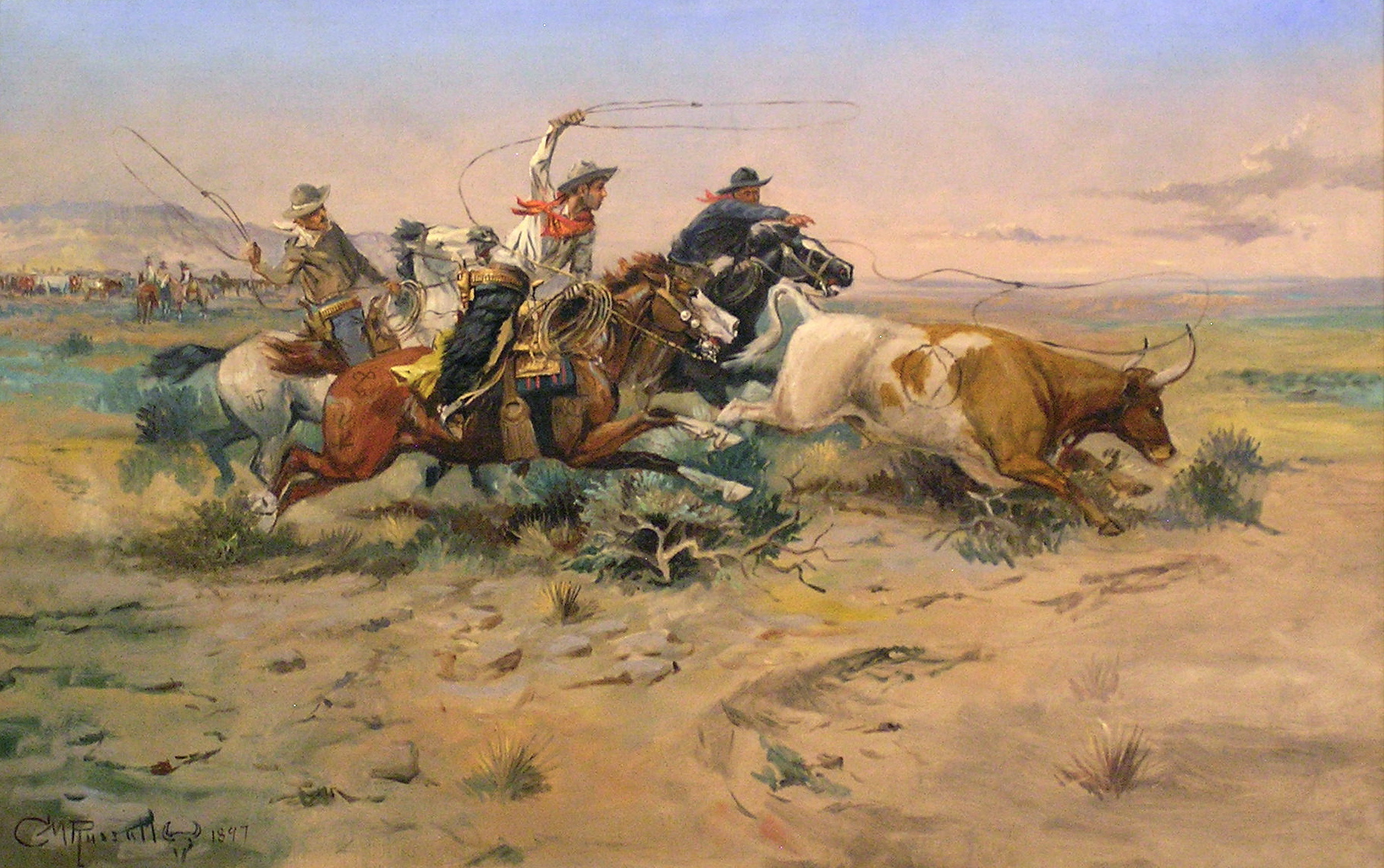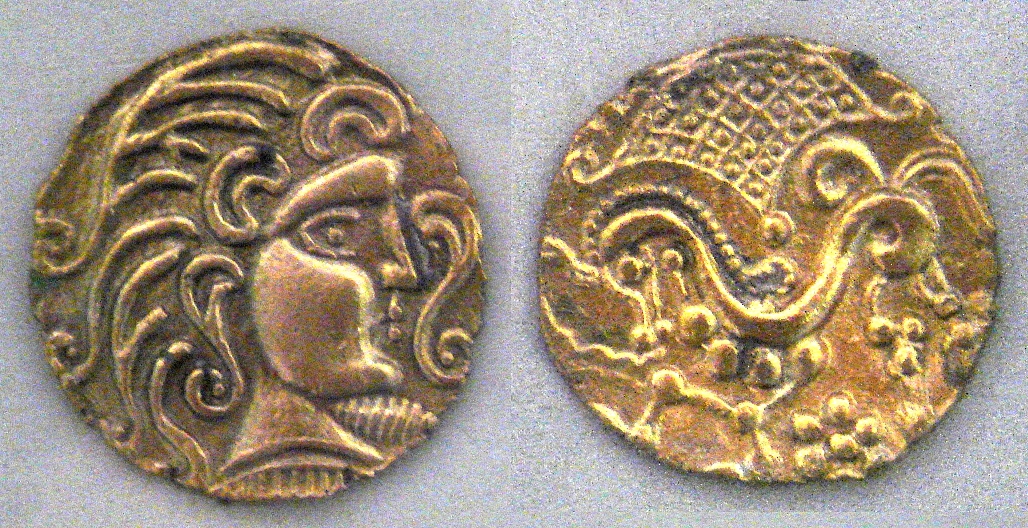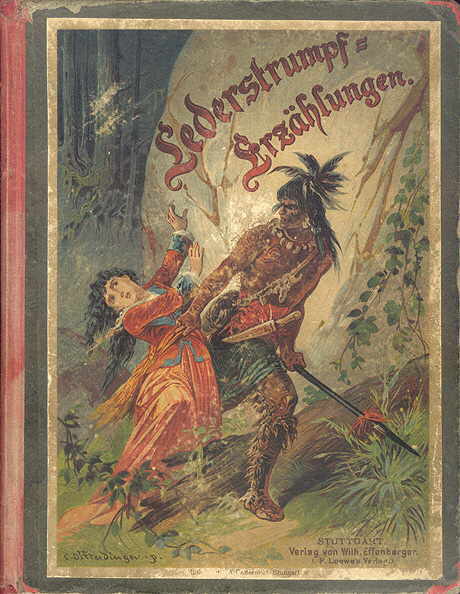|
Bert Phillips
Bert Geer Phillips (July 15, 1868 – June 16, 1956) was an American artist and a founding member of the Taos Society of Artists. He settled in Taos, New Mexico (1898) and was a founder of the Taos art colony. He is known for his paintings of Native Americans in the United States, Native Americans, New Mexico, and the Southwestern United States, American Southwest. He was also a benefactor of the Western (genre), Western artist Harold Dow Bugbee, who became curator of the Panhandle-Plains Historical Museum in Canyon, Texas in 1951. Early life and education Phillips was born in Hudson, New York in 1868. During his childhood he was influenced by tales of the exploits of Frontier#United States, American frontiersman Kit Carson and other tales of American Old West, Western adventure involving Native Americans in the United States, American Indians, such as those in James Fenimore Cooper's ''Leatherstocking Tales''. In his recollections of childhood, he noted that he could always be f ... [...More Info...] [...Related Items...] OR: [Wikipedia] [Google] [Baidu] |
Hudson, New York
Hudson is a city and the county seat of Columbia County, New York, United States. As of the 2020 census, it had a population of 5,894. Located on the east side of the Hudson River and 120 miles from the Atlantic Ocean, it was named for the river and its explorer Henry Hudson. History The native Mahican people had occupied this territory for hundreds of years before Dutch colonists began to settle here in the 17th century, calling it "Claverack Landing". In 1662, some of the Dutch bought this area of land from the Mahican. It was originally part of the Town of Claverack. In 1783, the area was settled largely by Quaker New England whalers and merchants hailing primarily from the islands of Nantucket and Martha's Vineyard in Massachusetts, and Providence, Rhode Island, led by Thomas and Seth Jenkins. They capitalized on Hudson being at the head of navigation on the Hudson River and developed it as a busy port. Hudson was chartered as a city in 1785. The self-described "Propriet ... [...More Info...] [...Related Items...] OR: [Wikipedia] [Google] [Baidu] |
Canyon, Texas
Canyon is a city in, and the county seat of, Randall County, Texas, United States. The population was 14,836 at the 2020 census. It is part of the Amarillo, Texas, metropolitan statistical area. Canyon is the home of West Texas A&M University and Panhandle–Plains Historical Museum, and the outdoor musical drama ''Texas''. History Canyon was founded by L.G. Conner. The JA Ranch is east of Canyon. An historic landmarked 47-foot tall statue of a cowboy, constructed in 1959, stands next to U.S. Route 60 in Canyon. Geography According to the United States Census Bureau, Canyon has a total area of , all land. The city itself lies in a valley that eventually becomes Palo Duro Canyon to the east. Climate Demographics 2020 census As of the 2020 United States census, there were 14,836 people, 5,189 households, and 3,444 families residing in the city. 2010 census At the 2010 census, 13,303 people, 5,185 households and 2,924 families resided in the city. The population de ... [...More Info...] [...Related Items...] OR: [Wikipedia] [Google] [Baidu] |
American West
The Western United States (also called the American West, the Far West, and the West) is the region comprising the westernmost states of the United States. As American settlement in the U.S. expanded westward, the meaning of the term ''the West'' changed. Before about 1800, the crest of the Appalachian Mountains was seen as the western frontier. The frontier moved westward and eventually the lands west of the Mississippi River were considered the West. The U.S. Census Bureau's definition of the 13 westernmost states includes the Rocky Mountains and the Great Basin to the Pacific Coast, and the mid-Pacific islands state, Hawaii. To the east of the Western United States is the Midwestern United States and the Southern United States, with Canada to the north, and Mexico to the south. The West contains several major biomes, including arid and semi-arid plateaus and plains, particularly in the American Southwest; forested mountains, including three major ranges, the Sier ... [...More Info...] [...Related Items...] OR: [Wikipedia] [Google] [Baidu] |
Blumenschein And Philips Broken Wagon (1882–1963), Brazilian poet and chronicler
{{Surname ...
Blumenschein is a surname. Notable persons with that surname include: * Ernest L. Blumenschein (1874–1960), American artist ** Ernest L. Blumenschein House, museum and art gallery in New Mexico * Tabea Blumenschein (born 1952), German actress * Yde Schloenbach Blumenschein Yde (Adelaide) Schloenbach, later Blumenschein by marriage, (26 May 1882 in São Paulo – 14 March 1963 in São Paulo) ic/ref> was a Brazilian poet and chronicler best known as Colombina. She also used the pen name Paula Brasil. Career She sta ... [...More Info...] [...Related Items...] OR: [Wikipedia] [Google] [Baidu] |
Joseph Henry Sharp
Joseph Henry Sharp (September 27, 1859 – August 29, 1953) was an American painter and a founding member of the Taos Society of Artists, of which he is considered the "Spiritual Father". Sharp was one of the earliest European-American artists to visit Taos, New Mexico, which he saw in 1893 with artist John Hauser. He painted American Indian portraits and cultural life, as well as Western landscapes. President Theodore Roosevelt commissioned him to paint the portraits of 200 Native American warriors who survived the Battle of the Little Bighorn. While working on this project, Sharp lived on land of the Crow Agency, Montana, where he built Absarokee Hut in 1905. Boosted by his sale of 80 paintings to Phoebe Hearst, Sharp quit teaching and began to paint full-time. In 1909, he bought a former chapel in Taos to use as a studio, near the house of the artist E. Irving Couse. In 1912 he and his wife moved to the area full-time. He built a house with studio near the chapel. Both ... [...More Info...] [...Related Items...] OR: [Wikipedia] [Google] [Baidu] |
Ernest Blumenschein
Ernest Leonard Blumenschein (May 26, 1874 – June 6, 1960) was an American artist and founding member of the Taos Society of Artists. He is noted for paintings of Native Americans, New Mexico and the American Southwest. Early life and education Ernest Blumenschein was born on May 26, 1874 in Pittsburgh, Pennsylvania. When four years later his mother died, his father accepted a position as director of the Dayton Philharmonic in Ohio, where Blumenschein grew up. When he finished high school, Blumenschein received a scholarship to study violin at the Cincinnati College of Music. While in Cincinnati, he also attended an illustration course from Fernand Lungren at the Cincinnati Art Academy, causing him to change his studies from music to art. He moved to New York City in 1892, studying at the Art Students League of New York. Attracted by the idea of studying art in Europe, he enrolled at the Académie Julian in Paris in 1894. There he met and became friends with Bert Phi ... [...More Info...] [...Related Items...] OR: [Wikipedia] [Google] [Baidu] |
Paris
Paris () is the capital and most populous city of France, with an estimated population of 2,165,423 residents in 2019 in an area of more than 105 km² (41 sq mi), making it the 30th most densely populated city in the world in 2020. Since the 17th century, Paris has been one of the world's major centres of finance, diplomacy, commerce, fashion, gastronomy, and science. For its leading role in the arts and sciences, as well as its very early system of street lighting, in the 19th century it became known as "the City of Light". Like London, prior to the Second World War, it was also sometimes called the capital of the world. The City of Paris is the centre of the Île-de-France region, or Paris Region, with an estimated population of 12,262,544 in 2019, or about 19% of the population of France, making the region France's primate city. The Paris Region had a GDP of €739 billion ($743 billion) in 2019, which is the highest in Europe. According to the Economis ... [...More Info...] [...Related Items...] OR: [Wikipedia] [Google] [Baidu] |
London
London is the capital and List of urban areas in the United Kingdom, largest city of England and the United Kingdom, with a population of just under 9 million. It stands on the River Thames in south-east England at the head of a estuary down to the North Sea, and has been a major settlement for two millennia. The City of London, its ancient core and financial centre, was founded by the Roman Empire, Romans as ''Londinium'' and retains its medieval boundaries.See also: Independent city#National capitals, Independent city § National capitals The City of Westminster, to the west of the City of London, has for centuries hosted the national Government of the United Kingdom, government and Parliament of the United Kingdom, parliament. Since the 19th century, the name "London" has also referred to the metropolis around this core, historically split between the Counties of England, counties of Middlesex, Essex, Surrey, Kent, and Hertfordshire, which largely comprises Greater London ... [...More Info...] [...Related Items...] OR: [Wikipedia] [Google] [Baidu] |
New York City
New York, often called New York City or NYC, is the most populous city in the United States. With a 2020 population of 8,804,190 distributed over , New York City is also the most densely populated major city in the United States, and is more than twice as populous as second-place Los Angeles. New York City lies at the southern tip of New York State, and constitutes the geographical and demographic center of both the Northeast megalopolis and the New York metropolitan area, the largest metropolitan area in the world by urban landmass. With over 20.1 million people in its metropolitan statistical area and 23.5 million in its combined statistical area as of 2020, New York is one of the world's most populous megacities, and over 58 million people live within of the city. New York City is a global cultural, financial, entertainment, and media center with a significant influence on commerce, health care and life sciences, research, technology, educa ... [...More Info...] [...Related Items...] OR: [Wikipedia] [Google] [Baidu] |
George McKinstry
George may refer to: People * George (given name) * George (surname) * George (singer), American-Canadian singer George Nozuka, known by the mononym George * George Washington, First President of the United States * George W. Bush, 43rd President of the United States * George H. W. Bush, 41st President of the United States * George V, King of Great Britain, Ireland, the British Dominions and Emperor of India from 1910-1936 * George VI, King of Great Britain, Ireland, the British Dominions and Emperor of India from 1936-1952 * Prince George of Wales * George Papagheorghe also known as Jorge / GEØRGE * George, stage name of Giorgio Moroder * George Harrison, an English musician and singer-songwriter Places South Africa * George, Western Cape ** George Airport United States * George, Iowa * George, Missouri * George, Washington * George County, Mississippi * George Air Force Base, a former U.S. Air Force base located in California Characters * George (Peppa Pig), a 2-year-old ... [...More Info...] [...Related Items...] OR: [Wikipedia] [Google] [Baidu] |
Leatherstocking Tales
The ''Leatherstocking Tales'' is a series of five novels by American writer James Fenimore Cooper, set in the eighteenth-century era of development in the primarily former Iroquois areas in central New York. Each novel features Natty Bumppo, a frontiersman known to European-American settlers as "Leatherstocking", "The Pathfinder", and "the trapper". Native Americans call him "Deerslayer", "''La Longue Carabine''" ("Long Rifle" in French), and "Hawkeye". Publication history The story dates are derived from dates given in the tales and span the period roughly of 1740–1806. They do not necessarily correspond with the actual dates of the historical events described in the series, which discrepancies Cooper likely introduced for the sake of convenience. For instance, Cooper manipulated time to avoid making Leatherstocking 100 years old when he traveled to the Kansas plains in ''The Prairie''. The Natty Bumppo character is generally believed to be inspired, at least in part, ... [...More Info...] [...Related Items...] OR: [Wikipedia] [Google] [Baidu] |
James Fenimore Cooper
James Fenimore Cooper (September 15, 1789 – September 14, 1851) was an American writer of the first half of the 19th century, whose historical romances depicting colonist and Indigenous characters from the 17th to the 19th centuries brought him fame and fortune. He lived much of his boyhood and the last fifteen years of life in Cooperstown, New York, which was founded by his father William Cooper on property that he owned. Cooper became a member of the Episcopal Church shortly before his death and contributed generously to it. He attended Yale University for three years, where he was a member of the Linonian Society. Lounsbury, 1883, pp. 7–8 After a stint on a commercial voyage, Cooper served in the U.S. Navy as a midshipman, where he learned the technology of managing sailing vessels which greatly influenced many of his novels and other writings. The novel that launched his career was '' The Spy'', a tale about espionage set during the American Revolutionary War and publis ... [...More Info...] [...Related Items...] OR: [Wikipedia] [Google] [Baidu] |








